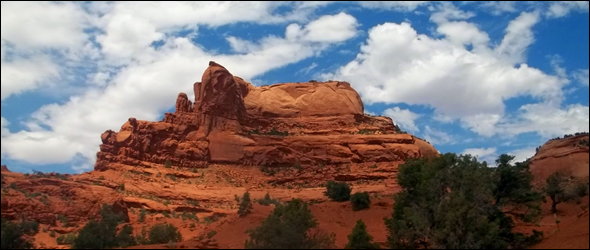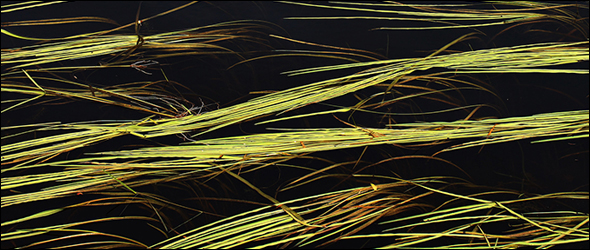Posts

Racing an Arizona Senator’s Retirement, Dry Navajo Nation Draws Closer to Securing More Water
2 Comments
/
The largest reservation in the U.S. has one of the nation's highest poverty rates — more than 40 percent — and very little water infrastructure. Many residents pay nearly 50 times the municipal cost for water, which instead is delivered from a tank in the back of a truck, often resulting in water-borne intestinal illnesses.

Where Food Grows on Water: Environmental and Human Threats to Wisconsin’s Wild Rice
For generations, the upper Great Lakes region has boasted harvests of wild rice, growing in Lake Superior and other watersheds within the basin. But disease, dams, and climate change are now endangering the uncultivated bounty.
 https://www.circleofblue.org/wp-content/uploads/2009/07/pipes.jpg
200
290
Connor Bebb
https://www.circleofblue.org/wp-content/uploads/2018/06/Circle-of-Blue-Water-Speaks-600x139.png
Connor Bebb2009-07-10 12:59:492012-05-21 12:36:55US Projects Give Millions for Water and Sanitation to Tribes
https://www.circleofblue.org/wp-content/uploads/2009/07/pipes.jpg
200
290
Connor Bebb
https://www.circleofblue.org/wp-content/uploads/2018/06/Circle-of-Blue-Water-Speaks-600x139.png
Connor Bebb2009-07-10 12:59:492012-05-21 12:36:55US Projects Give Millions for Water and Sanitation to Tribes


